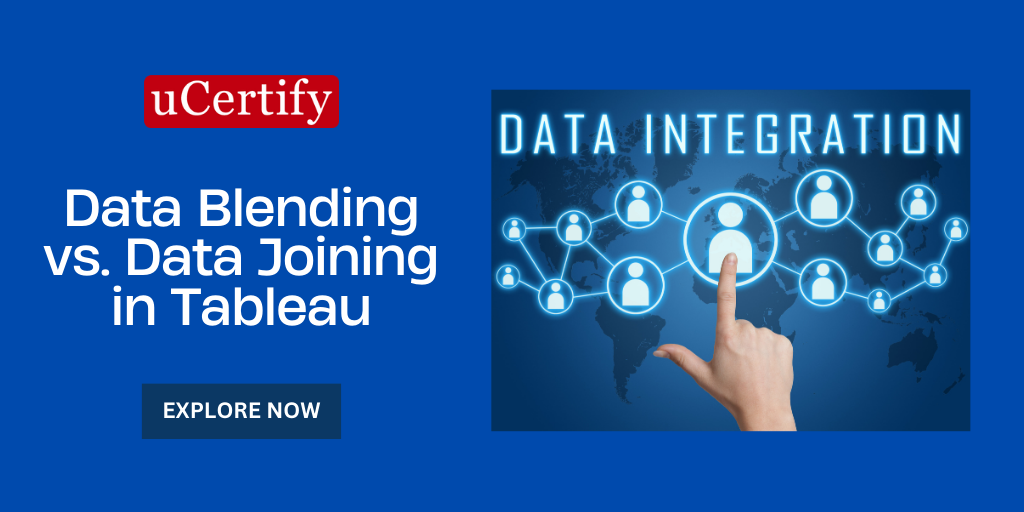
The C programming language has been a cornerstone of software development for decades. Let’s dive into its rich history and explore why it remains crucial in today’s tech landscape.
Origins and Evolution
Developed by Dennis Ritchie at Bell Labs between 1972 and 1973, C was created as a systems programming language for the Unix operating system. It evolved from its predecessor, the B language, adding features like data types and new control structures.
Key milestones in C’s history:
- 1978: The first edition of “The C Programming Language” by Brian Kernighan and Dennis Ritchie was published.
- 1989: ANSI C (C89) standardized the language.
- 1999: C99 standard introduced additional features.
- 2011: C11 further refined the language.
Importance in Modern Programming
Despite being nearly 50 years old, C remains vital in modern programming for several reasons:
- Performance: C provides low-level control and high performance, crucial for system programming and embedded systems.
- Portability: C code can run on virtually any platform with minimal modifications.
- Influence: Many popular languages like C++, Java, and Python have syntax derived from C.
- Operating Systems: Major operating systems like Windows, macOS, and Linux are largely written in C.
- Embedded Systems: C is the go-to language for programming microcontrollers and IoT devices.
- Foundation for Advanced Concepts: Understanding C helps grasp fundamental programming concepts applicable across languages.
Learning C Programming
Given its importance, learning C can significantly boost your programming skills. The uCertify C Programming course offers a comprehensive curriculum to master this powerful language. From basic syntax to advanced concepts like pointers and memory management, this course provides hands-on practice and in-depth explanations to help you become proficient in C programming.
Conclusion
C’s influence on the world of programming is undeniable. Its efficiency, portability, and widespread use make it a valuable skill for any programmer. Whether you’re aiming for system-level programming, embedded systems, or simply want to strengthen your programming foundation, learning C is a smart investment in your tech career.
If you are an instructor, avail the free evaluation copy of our courses and If you want to learn about the uCertify platform, request for the platform demonstration.
P.S. Don’t forget to explore our full catalog of courses covering a wide range of IT, Computer Science, and Project Management. Visit our website to learn more.




_000v1q.png)